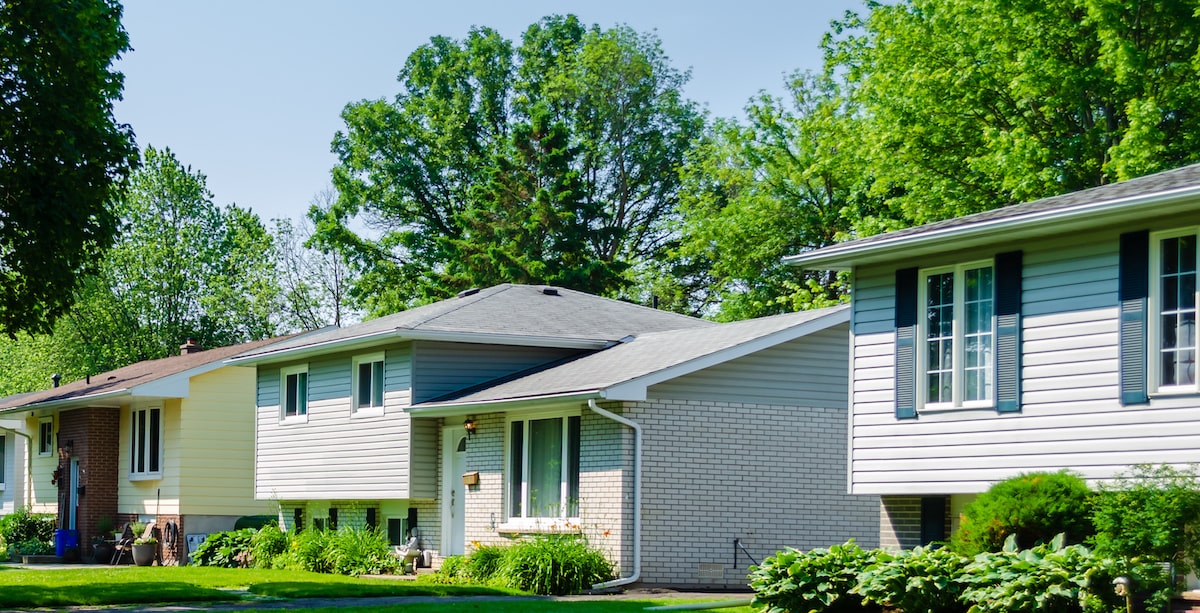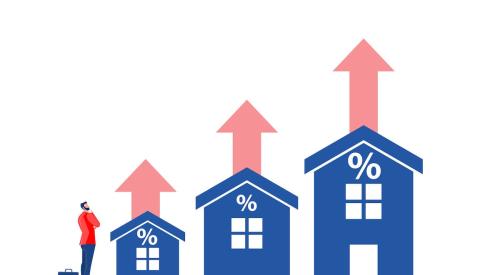The share of completed starter homes has been cut in half since the start of the century, dropping from an already low 13% in 2001 to just 7% in 2021, and according to recent analysis by real estate marketing solutions provider Point2, that shortage isn’t just confined to the country’s core markets. Over the past several years, secondary cities have seen increased competition from real estate investors, second-home buyers, and downsizing Baby Boomers, pushing affordable entry-level listings even further out of reach of those just starting their home searches.
In markets such as Burbank, Calif., a secondary city of the Los Angeles metro, the average renter household income was $63,127 in 2021, but the amount needed to afford the area’s average mortgage payment was triple that at $192,616. That means the average first-time buyer in Burbank is 67% short of affording a starter home, and pricey California markets aren’t the only homebuying destinations seeing such big affordability gaps.
Should they want to transition to homeownership, renters across non-core cities are held in place by significant income gaps — sometimes more than double the income they actually make. Such was the case in Yonkers, NY, and Paterson, NJ. Renters in both these satellite cities within the New York-Newark-Jersey City metro lacked 57%-58% of the amount needed to comfortably cover a monthly mortgage on an entry-level home.
In an ideal housing market, the monthly mortgage, insurance, and property tax payments should not exceed 30% of one’s gross monthly income. But, the market has long been far from ideal for first-time buyers.













